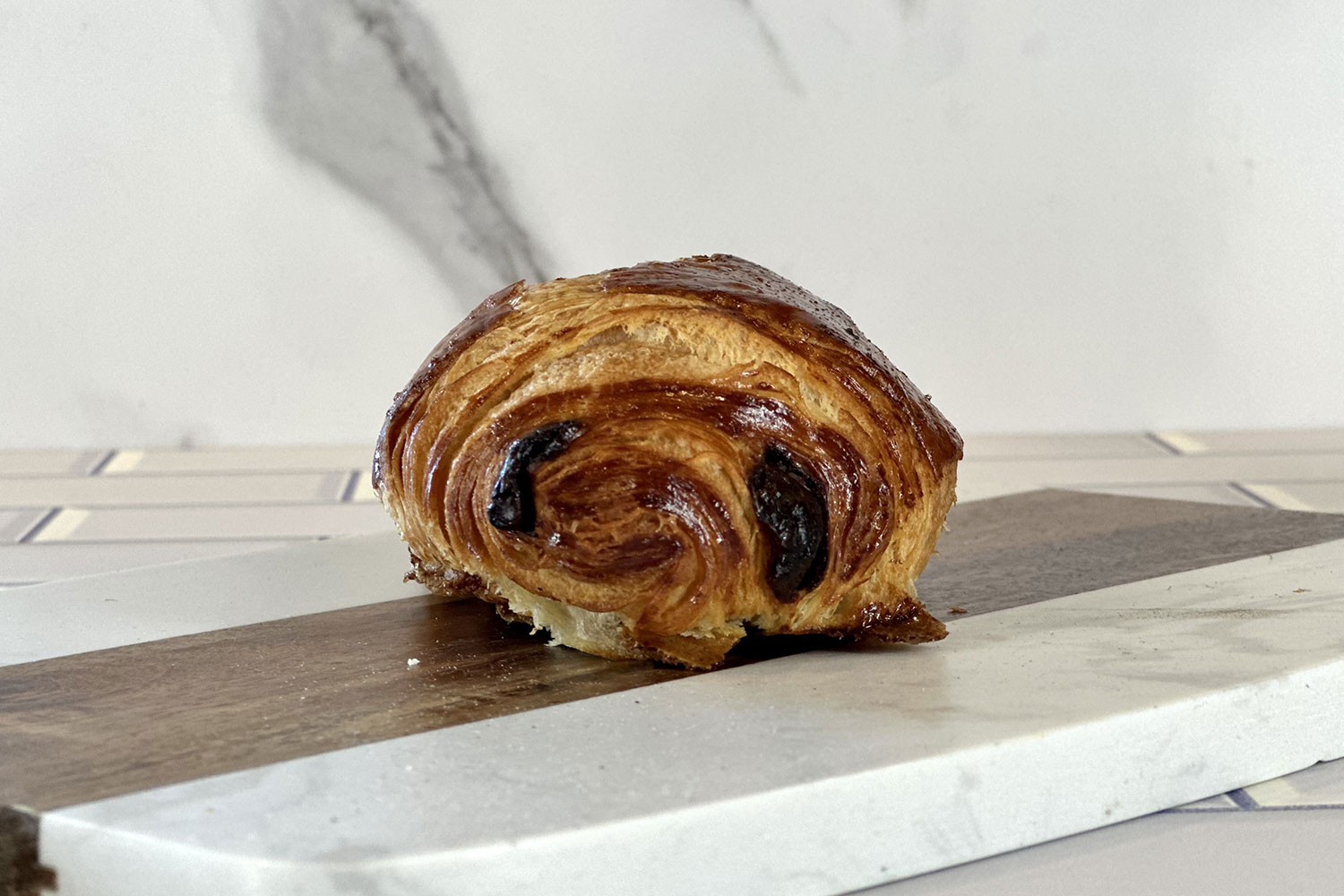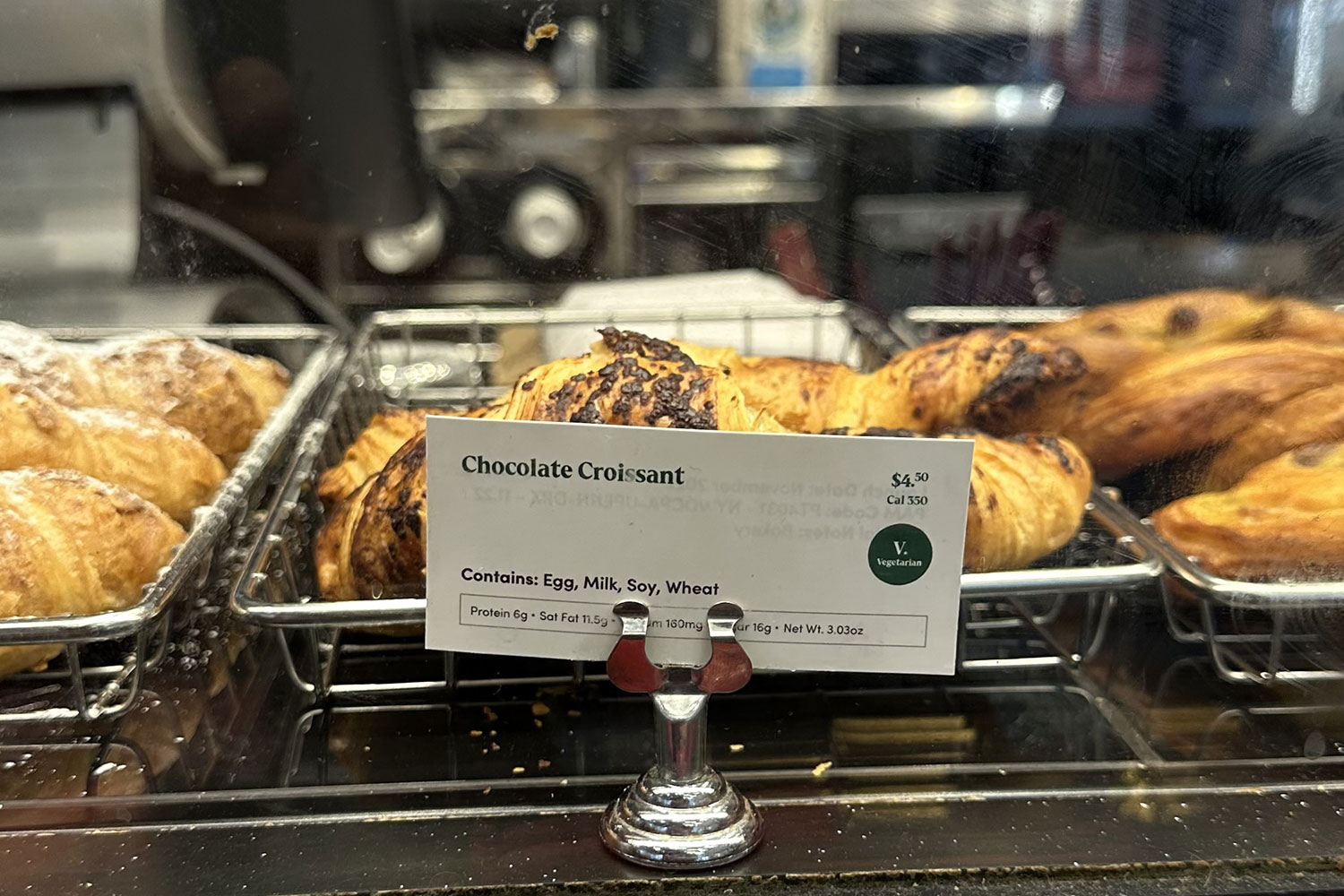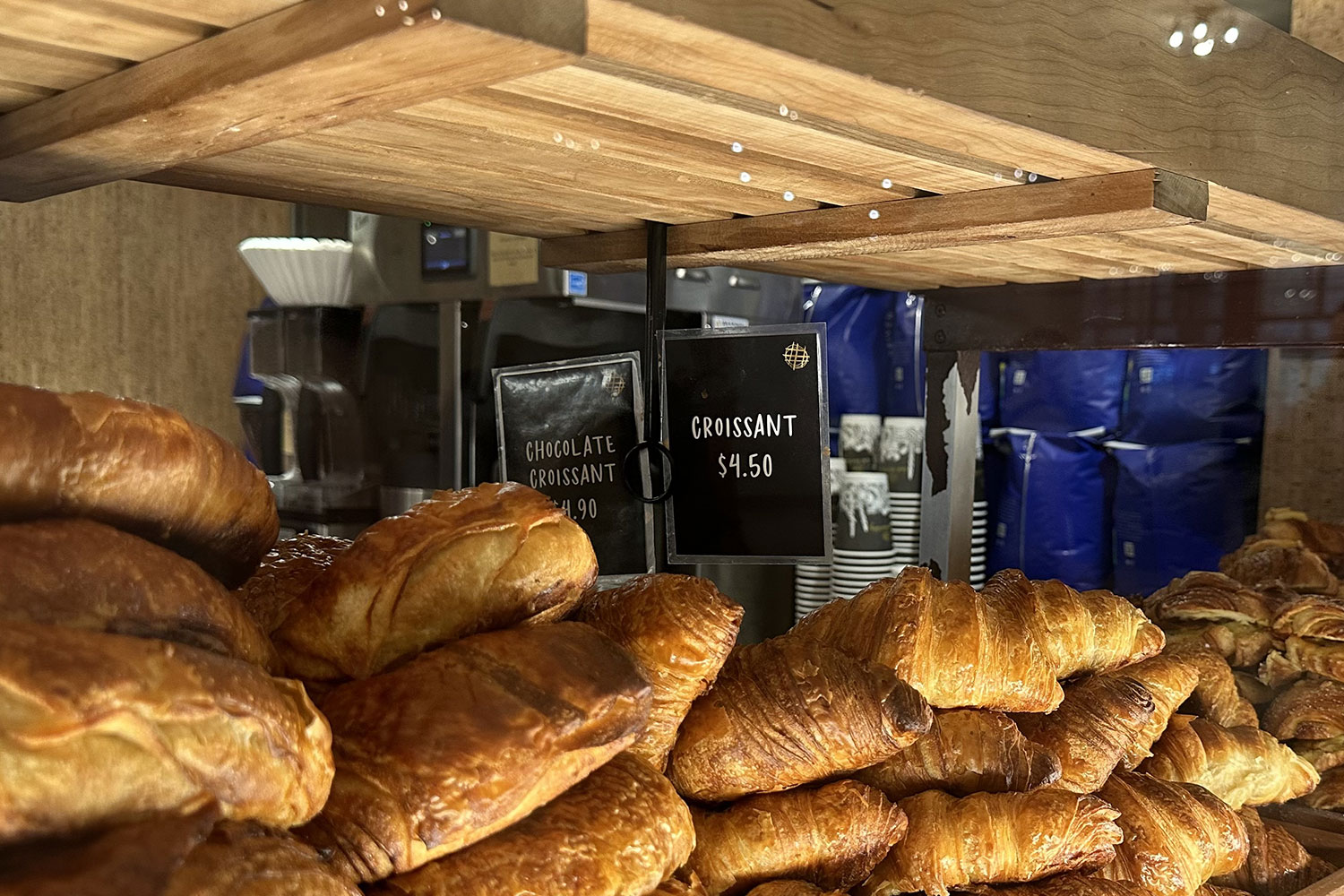Table of contents
When it comes to French pastries, the chocolate croissant holds a special place in the hearts of many; especially me as a french guy ! With its flaky layers and rich, chocolatey filling, it has become a staple in bakeries and cafes across the United States.
However, what most Americans don’t realize is that the chocolate croissant they know and love is quite different from its authentic French counterpart. In this article, we will explore the origins of the chocolate croissant, its Americanized version, and why it can be considered the biggest French lie in the USA.

What’s the origin of the croissant?
The origin of the croissant can be traced back to Austria, rather than France. The croissant, as we know it today, is believed to have been inspired by a traditional Austrian pastry called the “kipferl.” The kipferl is a crescent-shaped pastry made from yeast-leavened dough that has been rolled and folded several times to create its distinctive flaky layers. It is thought to have originated in Vienna in the 13th century.
The story goes that in 1683, during the Siege of Vienna, the Ottoman Turks attempted to tunnel beneath the city’s walls under the cover of darkness. However, the bakers who were up early preparing their morning pastries heard the noise and alerted the army, foiling the invasion. To celebrate the victory, the bakers created a new pastry in the shape of the crescent moon, which was a symbol associated with the Ottoman Empire. This pastry eventually evolved into what we now know as the croissant.
You may also read 5 Things You Must Know Before Traveling to France
The croissant gained popularity in France in the 19th century when Marie Antoinette, who was originally from Austria, introduced it to the French court. The French bakers further perfected the recipe by incorporating more butter into the dough, creating a lighter and flakier pastry. Over time, the croissant became an iconic symbol of French baking and a staple of French cuisine.
So, while the croissant has strong ties to Austria, it was in France that it underwent significant refinement and became synonymous with French pastry craftsmanship.

Why people in the US use “chocolat croissant” and not “pain au chocolat”?
The usage of the term “chocolate croissant” in the United States instead of “pain au chocolat” can be attributed to several factors, including cultural differences and language adaptations.
Language Adaptation
In the United States, English is the predominant language, and therefore, there is often a tendency to translate foreign terms into English equivalents. “Pain au chocolat” is a French term that translates to “chocolate bread” or “bread with chocolate.” However, the term “croissant” is more familiar and widely recognized among English speakers due to its popularity in American bakeries and cafes. As a result, “chocolate croissant” became the common term used to describe the pastry in the American context.
Marketing and Familiarity
When introducing a foreign pastry to a new market, it is often necessary to adapt the name to make it more accessible and appealing to the local audience. The term “chocolate croissant” may have been chosen to convey the primary flavor component (chocolate) and to associate it with a well-known and beloved pastry (the croissant) rather than using a term that might sound unfamiliar to many Americans.
Regional Differences
It is worth noting that language and naming conventions can vary across different regions of the United States. While “chocolate croissant” is commonly used throughout the country, in some areas with a higher concentration of French or Francophone communities, such as parts of Louisiana or certain neighborhoods in cities like New York, the term “pain au chocolat” may be more prevalent.
Simplification and Clarity, well !
The term “chocolate croissant” provides a straightforward description of the pastry, emphasizing the presence of chocolate filling within the croissant. It eliminates any potential confusion that may arise from the translation of “pain au chocolat,” which could be interpreted as simply “chocolate bread” without emphasizing the specific pastry format.
How many calories in a chocolate croissant ?
The number of calories in a chocolate croissant can vary depending on its size (they are bigger in the US than t F, ingredients, and preparation methods. On average, a typical chocolate croissant contains approximately 300 to 450 calories. However, it’s important to note that this is just an estimate, and the calorie content can differ based on the specific brand or bakery where it is purchased.
If you have a specific brand or recipe in mind, it’s best to check the nutritional information provided by the manufacturer or consult the bakery for more accurate details.

And what about the battle in France between “Pain au chocolat” and the other name “chocolatine” ?
Ah, the “Pain au chocolat” vs. “Chocolatine” debate in France is an interesting and light-hearted topic of discussion among French people. It revolves around the name used to refer to a pastry consisting of a croissant with chocolate filling.
The battle is primarily a regional one, with different terms being used in different parts of France. The usage of “Pain au chocolat” is more prevalent in the northern and central parts of the country, including Paris, while “Chocolatine” is commonly used in the southwestern regions, particularly in and around Toulouse, a nice city to visit if you travel to France.
The origin of this linguistic divide can be attributed to historical and cultural factors. The term “Pain au chocolat” translates to “chocolate bread” and is associated with the traditional French baking terminology. It is believed to have originated in northern France.
On the other hand, the term “Chocolatine” is more commonly used in southwestern France and is thought to have been influenced by the Occitan language. Occitan is a Romance language spoken in that region, and “Chocolatine” is considered a derivative of the Occitan word “chicolatina.”
The debate between the two terms is often lighthearted and playful, with people expressing their regional loyalties. However, it is important to note that both terms refer to the same pastry—a croissant with a chocolate filling. The difference lies primarily in the linguistic traditions and regional preferences within France.
Bottom line
So there is no big deal about how we name it in the US, but I just waned you guys to know the
